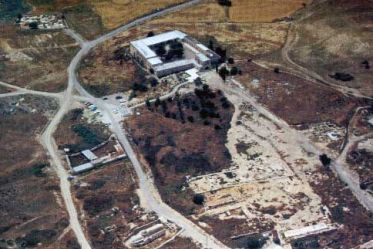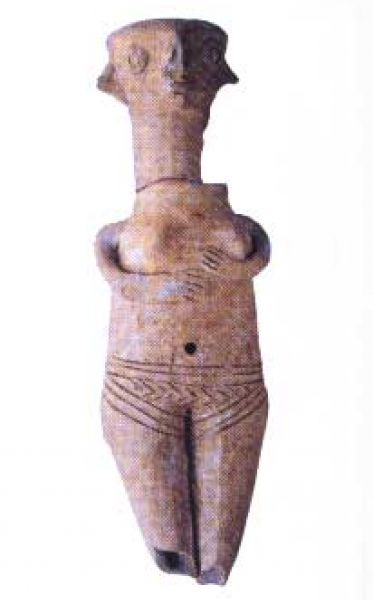![]() +357 24 828 100
+357 24 828 100
![]() +357 24 828 100
+357 24 828 100
The ancient town of Palaipafos is located within the limits of the modern village of Kouklia, situated close to the mouth of Diarizos river, 16 kilometres east of the modern town of Pafos.
The site of Palaipafos and its surrounding area are linked to an ancient cult associated with the “Great Goddess”, the goddess of fertility, who was worshiped in Cyprus since the Neolithic period. The Myceneans, who settled on the island at the beginning of the 12th century, adopted the local goddess of fertility and erected a sanctuary in her honour. According to tradition, Kinyras, the local legendary king, was the founder and first High Priest of the sanctuary. Another legend, however, mentions Agapenor, the king of Tegea in Arcadia, Greece, as the founder of the city and the sanctuary.
Palaipafos remained the largest rural and religious centre of western Cyprus, from the beginning of the Geometric period until the end of the Classical period. When the last King of Palaipafos, Nikokles, moved his capital at the end of the 4th century B.C. to the newly- founded Nea Pafos, some 16 km to the west, the town retained some of its importance thanks to the continuation of the cult at the temple of Aphrodite.
During the Roman period it became the centre of the newly established 'Koinon Kyprion', (the 'Confederation of the Cypriots'), which dealt with religious affairs and the cult of the Roman emperor and controlled the island's bronze coinage. The religious and cultural activities at the sanctuary of Palaipafos ceased in the 4th century A.D. with the rise and spread of Christianity throughout the island.
During the medieval period Palaipafos, which was renamed Couvouclia, regained some of its prosperity when it became the center of local administration and was used as the headquarters of the royal official who directed and controlled the sugar-cane plantations and refineries in the Pafos area.
The site was partially investigated from the beginning of the 19th century but systematic archaeological research took place between 1950-55 by the Kouklia Expedition of the University of St Andrews and the Liverpool Museum, directed by J.H. Iliffe and T.B. Mitford.
From 1966 archaeological research at Palaipafos was resumed under the auspices of the German Archaeological Institute joined by the University of Konstanz (until 1972) and Zürich (since 1973) directed by Franz Georg Maier and M.-L. von Wartburg.
In September 1980, Palaipafos and Nea Pafos became the first Cypriot sites to be included in the World Heritage List of UNESCO.
Accessibility: No wheelchair accessible


